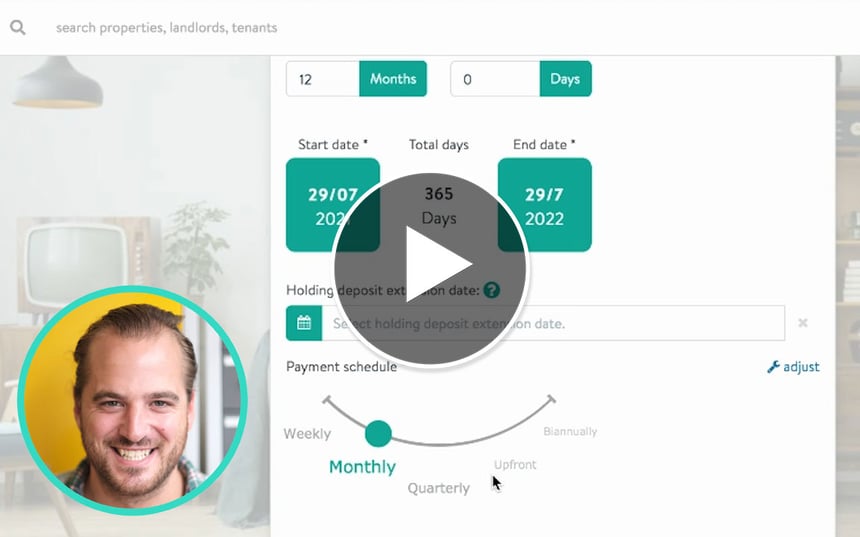What happens to the deposit if a landlord buys or sells a tenanted property?
What happens to the tenant's deposit when a landlord decides to sell their property? TDS explains.
There are many reasons why a landlord may decide to sell their property while a tenant is still living in it, but it is important to understand how that affects the tenants’ tenancy deposit for their home. Remember, get it right to avoid any issues which may be costly at a later date.
Can landlords sell a property with a sitting tenant?
Landlords can either sell a tenanted property with vacant possession on completion - so the tenant moves out - or the property can be sold with the tenant continuing to occupy the property.
If a property is sold with the tenants and the tenancy continues, the tenants are described as "tenants in situ" - and the new landlord will need to consider how to deal with the tenancy deposit.
What are the rules for tenancy deposits in this instance?
It’s the responsibility of both the current landlord and new owner to manage the continued protection of the tenancy deposit.
Since 2019, landlords or their agents have had to follow strict rules around how much deposits can be. Security deposits in England need to be limited to five weeks’ rent for tenancies with yearly rents under £50,000, or six weeks’ rent for rents above £50,000.
If a landlord chooses to sell a property and wishes for the tenant to leave, that landlord must return the deposit to the tenant within 10 days of the final deposit amount being agreed between both parties.
If, however, a new landlord takes over the property with the tenant in situ, the deposit will need to move to the new landlord.
How does this work under an insured scheme?
As part of the sale, the seller should agree to pass the deposit to the buyer who will need to register the tenancy deposit for protection. The new landlord should show that the deposit has been registered before it is passed over.
The original registration can't simply be transferred between two insured accounts. Therefore, it's best practice, in this case, for the buyer and seller to discuss the tenancy deposit as part of the sales transaction.
What are the new landlord's prescribed information responsibilities?
The new landlord must also ensure that they inform the tenants where their deposit is protected and serve the required prescribed information.
The prescribed information is the specific information regarding the protection of their deposit that the Housing Act requires landlords and agents to give to tenants, and any relevant person (any person who has paid the deposit on behalf of the tenants), which includes the scheme leaflet.
How does this work under a custodial scheme?
This may vary from scheme to scheme but, under a custodial scheme with TDS, the buyer will usually need to register an account.
This will give them a Custodial membership number. The seller can then log into their Custodial account and move the registration data to show under the buying landlord’s account.
The prescribed information and scheme leaflet can then be re-issued to the tenants.
How will this affect the tenancy agreement?
In both the insured and custodial situations, it would also be good practice to formally amend the tenancy agreement with the new owner/landlord’s name as it is a material change.
The original tenancy agreement that was created between the tenant and the landlord remains in place, with only the identity of the landlord changing.
This article is intended as a guide only, and does not constitute legal advice. For more information, visit gov.uk.









